
Planting a new garden? Are you torn between what type of garden bed you should use?
When establishing a garden, you can either choose a bed that is raised or in-ground. Each of these options presents its own pros and cons.
A raised garden bed refers to a soil bed contained within a wooden or concrete frame above ground level.
An in-ground garden bed, as the name suggests, goes directly in the ground, typically by tilling the soil and planting right into the soil.
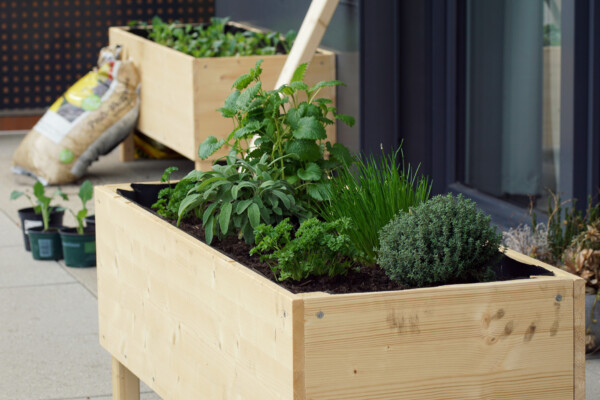
For raised garden beds, you’ll need to invest in topsoil that contains organic nutrients to help your garden plants thrive. In-ground garden beds, on the other hand, are usually ready after the ground has been tilled and mulched. But this doesn’t mean you can’t purchase an in-ground garden soil mix to enrich your native soil.
Raised beds usually require more intensive maintenance, including mulching and frequent irrigation to safeguard against excessive heat and drainage. By contrast, in-ground planting will require weeding and soil conditioning, but not the high-maintenance for raised beds.
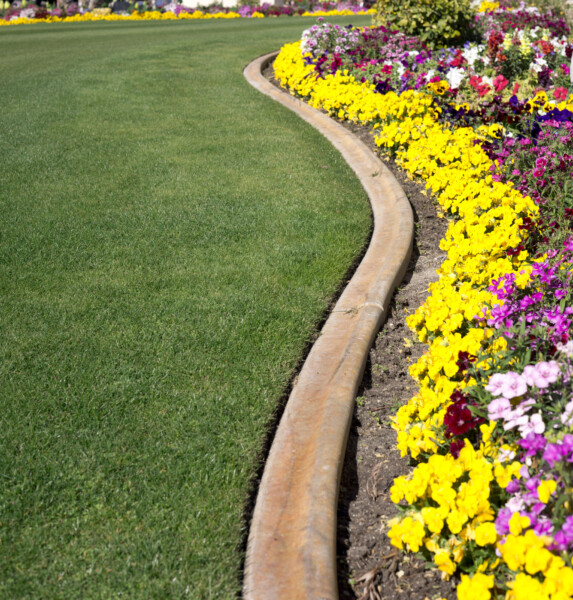
The best type of garden bed depends on the climate and soil conditions within your environment. For instance, for those in arid climates with decent soil conditions, in-ground garden beds are the better option. Meanwhile, gardeners residing in wet climates or with poor soil drainage and highly compacted soil are better off with a raised garden bed.
Whatever your choice, stay safe and good luck.
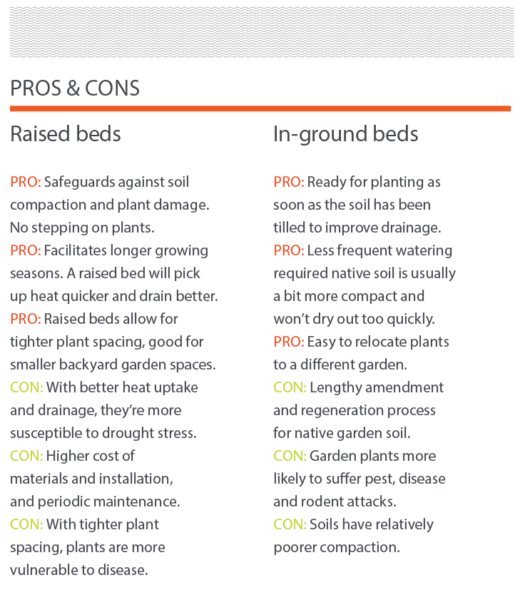
Al Brandenburg is a University of Arizona Master Gardener.
This content was first published in the September edition of InMaricopa magazine.

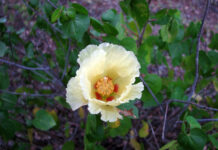



![Cacti in the Valley Sonoran Desert National Park [Brian Petersheim Jr.]](https://www.inmaricopa.com/wp-content/uploads/2023/12/BPJ_6963-218x150.jpg)

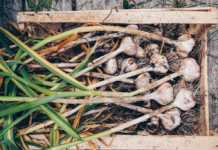

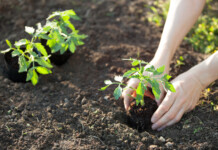


![Alleged car thief released without charges Phoenix police stop a stolen vehicle on April 20, 2024. [Facebook]](https://www.inmaricopa.com/wp-content/uploads/2024/04/IMG_5040-218x150.jpg)

![3 things to know about the new city budget Vice Mayor Amber Liermann and Councilmember Eric Goettl review parts of the city's 2024 operational budget with Mayor Nancy Smith on April 24, 2024. [Monica D. Spencer]](https://www.inmaricopa.com/wp-content/uploads/2024/04/spencer-042424-preliminary-budget-meeting-web-100x70.jpg)


